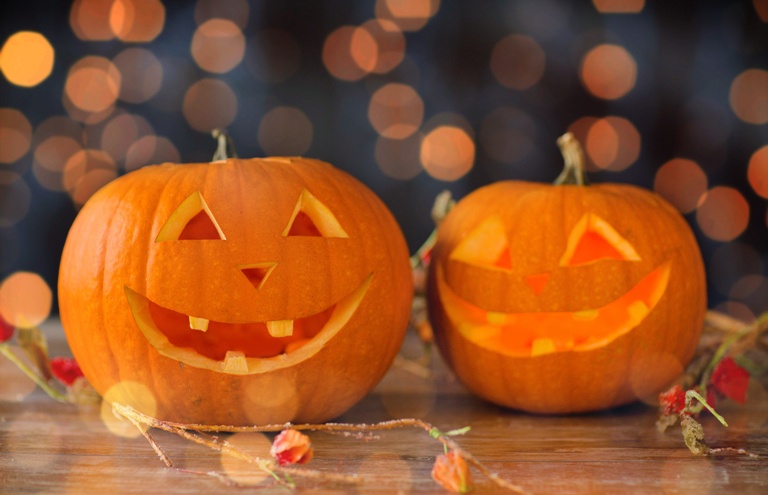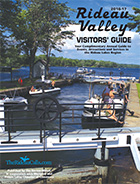Halloween in Canada 2015
Halloween in 2015 is Saturday, October 31
It is a day to mark the single night in the year when, according to old Celtic beliefs, spirits and the dead can cross over into the world of the living. Some people hold parties and children may trick-or-treat in their neighborhood.
Some people put a lot of effort into decorating their homes, yards and drives. They may even construct life-size replica graveyards or dungeons and invite people from the neighborhood to view their creations or hold a themed party. Other people may organize fancy dress parties for adults or children. Popular activities at parties include watching horror films and trying to make fellow guests jump in fright.
Many children go out to play trick-or-treat. They dress up as ghosts, witches, skeletons or other characters and visit homes in their neighborhood. They ring doorbells and, when someone answers, they call out “trick-or-treat”. This means that they hope to receive a gift of candy or other snacks and that they are threatening to play a trick if they do not get anything. Usually, they receive a treat and tricks are rarely carried out.
There are special types of food associated with Halloween. These include candies in packets decorated with symbols of Halloween, toffee apples made by coating real apples with a boiled sugar solution, roasted corn, popcorn and pumpkin pie or bread. Halloween beer, which is made by adding pumpkin and spices to the mash before fermenting it, is also available in specialist stores.
Children also take part in a long-standing Canadian tradition of “Trick-or-Treat for Unicef”. Pumpkin-carving contests, pumpkin art tours, a reading marathon, and symbolic Walks for Water are just a few examples of the educational and fundraising activities schools and children develop to help provide thousands of children developing countries with basic quality education.
October 31 is not a public holiday. Schools, organizations, businesses, stores and post offices are open as usual. Some organizations may arrange Halloween parties, but these do not usually disrupt normal affairs. Public transport services run on their regular timetables. If people are driving around the neighborhood in the late afternoon or evening, it is important to be particularly aware of children, especially those wearing dark costumes, who may be unfamiliar with traffic conditions.
Halloween has Celtic origins. In pre-Christian times, many people believed that spirits from the underworld and ghosts of dead people could visit the world of the living on the night of October 31. These spirits could harm the living or take them back to the underworld. To avoid this, people started dressing up as ghosts and spirits if they left their homes on October 31. They hoped that this would confuse the ghosts and spirits.






Join Us :